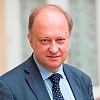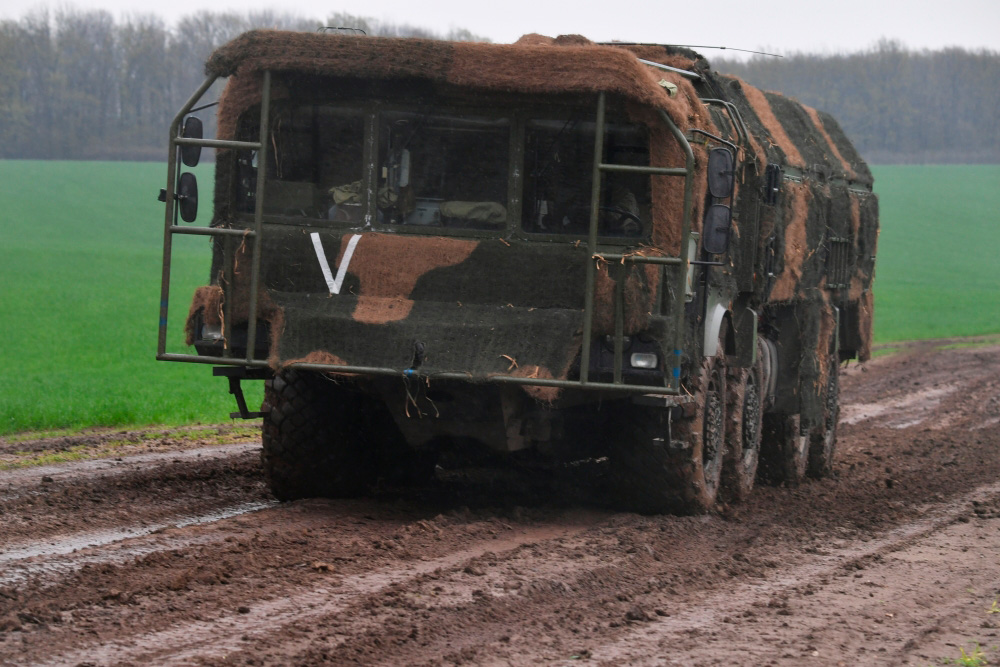It has been almost half a year since the end of March 2022, when the Istanbul round of Russian-Ukrainian talks took place. At that time, it seemed that the outlines of future agreements to end the Ukrainian conflict were beginning to emerge. Unfortunately, the parties are now further away from a compromise than they were in Istanbul. Apparently, the sides are determined to test each other on the battlefield once more.
There is no visible movement on the conflict in the West either. The latest confirmation of the impasse is the recommendations on security guarantees for Ukraine, recently presented by Andriy Yermak, head of Ukraine’s presidential office, and Anders Fogh Rasmussen, former NATO Secretary General. Whereas earlier drafts of prospective guarantees allowed for Russian participation, this is no longer an option.
Some glimmers of hope can still be seen against the broader bleak backdrop. So far, the most significant achievements have been the agreements on the export of Ukrainian grain. For all we know, bilateral dialogue on exchange of prisoners of war continues. These and other similar steps, albeit rather slowly, are bringing the parties closer to resuming talks on more difficult and fundamental issues.
A special place in the set of significant “small steps” is taken by efforts to ensure safety and security of the Zaporozhye NPP. Clearly, the final decision cannot be made at the level of the IAEA and will require the approval of the UN Security Council. If it is still possible to stop the shelling of the plant, establishing a reliable safety zone around the facility and ensuring its international monitoring, then headway could be tangible in several directions at once.
First, the security model, if well-tested at the Zaporozhye NPP, could be used later on at Ukraine’s three other operating nuclear power plants.
Second, such a precedent would be of great value even beyond the framework of the Russian-Ukrainian conflict. Establishing reliable algorithms to counter this threat is a task that should bring the international community together.
Third, should a cease-fire be reached, the arrangement for independent international monitoring of the Zaporozhye NPP perimeter could be used to practise observation of the entire line of contact between Russia’s and Ukraine’s armed forces.
Tougher stances
It has been almost half a year since the end of March 2022, when the Istanbul round of Russian-Ukrainian talks took place. At that time, it seemed that the outlines of future agreements to end the Ukrainian conflict were beginning to emerge. Unfortunately, the parties are now further away from a compromise than they were in Istanbul. After the recent military successes around Kharkiv, Kiev’s demands are increasingly rigid. As a necessary condition for negotiations to resume, Kiev now urges not only a withdrawal of Russian troops from all the territories taken over during the special military operation but also a restoration of Ukraine’s territorial integrity within the 1991 borders, including in Donbass and in Crimea.
Meanwhile, leaks of the latest one-and-a-half-hour phone conversation between Russian President Vladimir Putin and German Chancellor Olaf Scholz suggest that the Kremlin is not going to make any concessions in the near future either. Dmitry Medvedev, Deputy Chairman of the Russian Security Council, even referred to Moscow’s current demands as “a warm-up exercise for the demands of the future.” Apparently, the sides are determined to test each other on the battlefield once more.
There is no visible movement on the conflict in the West either. The latest confirmation of the impasse is the recommendations on security guarantees for Ukraine, recently presented by Andriy Yermak, head of Ukraine’s presidential office, and Anders Fogh Rasmussen, former NATO Secretary General. Whereas earlier drafts of prospective guarantees allowed for Russian participation, this is no longer an option. While security guarantees were previously seen as an alternative to Ukraine’s accession to NATO, these are now perceived as a temporary measure only, to be in place until Kiev finally emerges as a full-fledged member of the North Atlantic Alliance. Certainly, the proposed guarantees do not impose any restrictions on Kiev’s military potential.
Small steps
Some glimmers of hope can still be seen against the broader bleak backdrop. So far, the most significant achievements have been the agreements on the export of Ukrainian grain. For all we know, bilateral dialogue on exchange of prisoners of war continues. The decision to hold referendums in Kherson and Zaporozhye on whether the two regions should join the Russian Federation remains on the agenda, even if somewhat postponed for the future. These and other similar steps, albeit rather slowly, are bringing the parties closer to resuming talks on more difficult and fundamental issues.
A special place in the set of significant “small steps” is taken by efforts to ensure safety and security of the Zaporozhye NPP. The resolution on this issue recently adopted by the IAEA Board of Governors was met with much criticism in Moscow since the document has no mention of the fact that the plant was shelled by the Ukrainian military. Clearly, the final decision cannot be made at the level of the IAEA and will require the approval of the UN Security Council. If it is still possible to stop the shelling of the plant, establishing a reliable safety zone around the facility and ensuring its international monitoring, then headway could be tangible in several directions at once.
First, the Zaporozhye NPP is not the only large nuclear facility in Ukraine. The country is among the world’s top ten and Europe’s top five pioneers of nuclear energy in terms of power units. The security model, if well-tested at the Zaporozhye NPP, could be used later on at Ukraine’s three other operating nuclear power plants. For sure, it would be even better if it didn’t come to that.
Second, such a precedent would be of great value even beyond the framework of the Russian-Ukrainian conflict. Previous attempts to establish effective control of a nuclear power plant with an armed confrontation raging largely failed. Meanwhile, it cannot be ruled out that future conflicts in different parts of the world will affect other nuclear facilities. Establishing reliable algorithms to counter this threat is a task that should bring the international community together.
Third, should a cease-fire be reached, the arrangement for independent international monitoring of the Zaporozhye NPP perimeter could be used to practise observation of the entire line of contact between Russia’s and Ukraine’s armed forces. The need for such monitoring will arise sooner or later, and it should be more reliable than the OSCE observer mission that should have facilitated the implementation of Minsk-2.
Certainly, no small steps can substitute fundamental agreements on the most important political issues separating Russia and Ukraine. Nevertheless, chances to reach such agreements will be higher if the negotiations revolve around the existing experience in problem-solving. With a critical mass of such individual solutions accumulated, a political breakthrough could, sooner or later, be in sight.
First published by Forbes.






